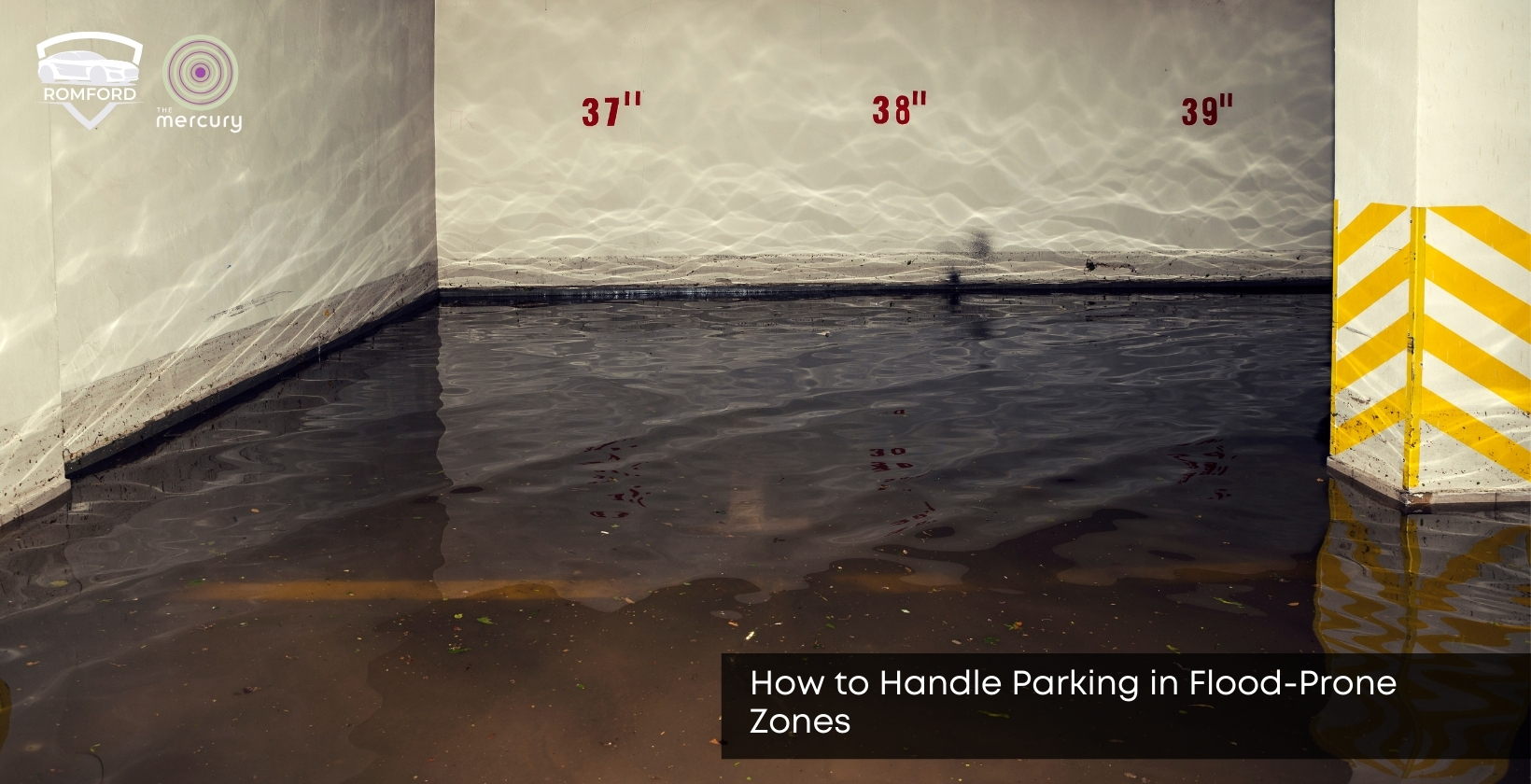Parking in areas that flood often can lead to big problems. Water can damage your car, even if it’s not very deep. Flooding is becoming more common in many parts of the UK. Knowing where and how to park safely can save you time and money. First, it’s important to understand flood-prone zones and how to spot them.
What Are Flood-Prone Zones, and How Do You Know If You’re in One?
Flood-prone zones are places where water builds up during heavy rain. These areas are often near rivers, coasts, or places with poor drainage. You can check flood maps online to see if your area is at risk. Councils also share flood alerts and updates during storms. But knowing you’re in a flood zone isn’t enough. You must also learn to recognise a risky parking spot before it’s too late.
How Can You Spot a Flood-Prone Parking Area Before It’s Too Late?
Look for low-lying spots like dips in the road or at the bottom of hills. Water may collect quickly if there are blocked drains or lots of leaves. Dark stains or lines on walls or kerbs can show past water levels. Ask locals if the area has flooded before. Spotting these signs helps you avoid danger, but it’s also key to understanding why parking in these places can be harmful.
Why Is Parking in These Areas Risky?
Even a small amount of water can harm your car’s engine or brakes. Deep water might carry your car away or trap you inside. If water enters your car, it can ruin the seats and wiring. Insurance may not always cover flood damage, especially if you park in a known risk area. That’s why it’s smart to take precautions if you have no choice but to park in a flood-prone zone.
What precautions should you take if you Park in a flood zone?
Try to find higher ground nearby, even if it means walking further. Don’t park over drains or next to kerbs where water gathers. Turn your car to face uphill. Avoid leaving your car in one spot for a long time during bad weather. And if you live in an area with regular flooding, it’s worth preparing for the season ahead.
How Can You Prepare for Flood Season If You Depend on Street Parking?
Sign up for flood alerts from the Environment Agency or your local council. Learn which streets flood first and avoid parking there. Keep a plan for where to move your car if flooding starts. Speak to neighbours about the safe spots they use. Being prepared is important.
What Should You Do If Your Car Is Caught in a Flood?
Do not try to move your car through deep water. Call for help and wait for emergency services if needed. If it’s safe, take photos for your insurance. Please don’t start the engine until it’s been checked by a mechanic. After dealing with the immediate danger, you must also consider your legal and insurance responsibilities.
What Are the Legal and Insurance Considerations?
Some councils may fine you for blocking roads or drains during floods. Insurance may reject your claim if you parked in a known flood-risk area. Read your policy to check what’s covered. Let your insurer know right away if your car has been flooded. If you own your parking space, it might be time to look at ways to protect it in the future.
Can you modify private parking spaces to Prevent flooding?
You can raise your driveway with better drainage or install water barriers. Use gravel or other materials that let water soak in. Check with your council before making changes, as you may need permission to use small ramps to help direct water away from your car. These ideas also apply to businesses, which often have more cars to protect.
How Can Businesses Protect Their Parking Areas from Flood Damage?
Companies can raise parking areas or add barriers to block water. Signs should warn people not to park during heavy rain, and staff should know what to do if flooding starts. Businesses can also install flood sensors or cameras. But whether at home or at work, newer technology offers even more ways to reduce flood damage.
Are There Innovative Parking Solutions for Flood-Prone Areas?
Some places now use raised platforms or floating parking designs. Smart garages can lift cars out of harm’s way during floods. Special surfaces help water drain faster from parking spots. These systems cost more but can protect cars in risky areas. Still, even simple steps can go a long way, and the most important thing is to stay aware and act early.
Don’t Risk It: Park Safe, Plan Ahead
Flooding can cause serious damage to parked cars if you’re not prepared. By checking for risks and acting early, you can avoid many problems. Planning ahead makes a big difference whether you live in a city or the countryside. Follow local advice and think twice before leaving your car in low areas. With the right knowledge, you can park safely, even in flood-prone zones.


Leave a Reply